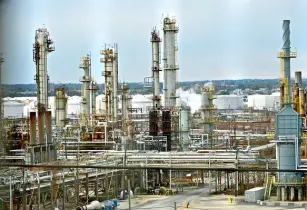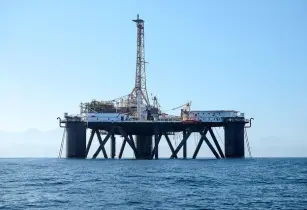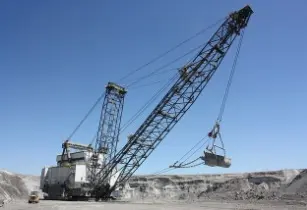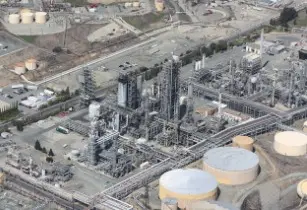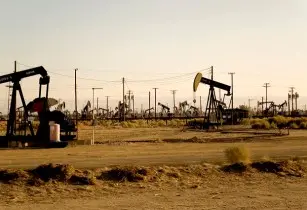South Africa-based integrated energy and chemical company Sasol and Air Liquide have announced the launch of US$246.07mn oxygen production plant in Secunda, South Africa
Exploration
GlobalData says Africa to see US$194bn in oil and gas capex over next eight years
Consulting firm GlobalData said about US$194bn will be spent on upcoming oil and gas fields in Africa over the next eight-years, underscoring the pickup in oil and gas industry activity in the region
Strata-X expands CSG portfolio in Botswana
The US-based Strata-X Energy Ltd has acquired two new prospecting licenses for its Serowe CSG Project covering 406,735 acres in Botswana, thus allowing the CSG project to span across 680,000 acres in the Botswana CSG fairway
Production starts up at Timimoun Gas Field in Algeria
Total has announced the start of production of first gas from the Timimoun field in southwestern Algeria
Schlumberger introduces Tempo instrumented docking perforating gun system
Oilfield services company Schlumberger said it has introduced the Tempo instrumented docking perforating gun system at the SPE/ICoTA Coiled Tubing and Well Intervention Conference and Exhibition



